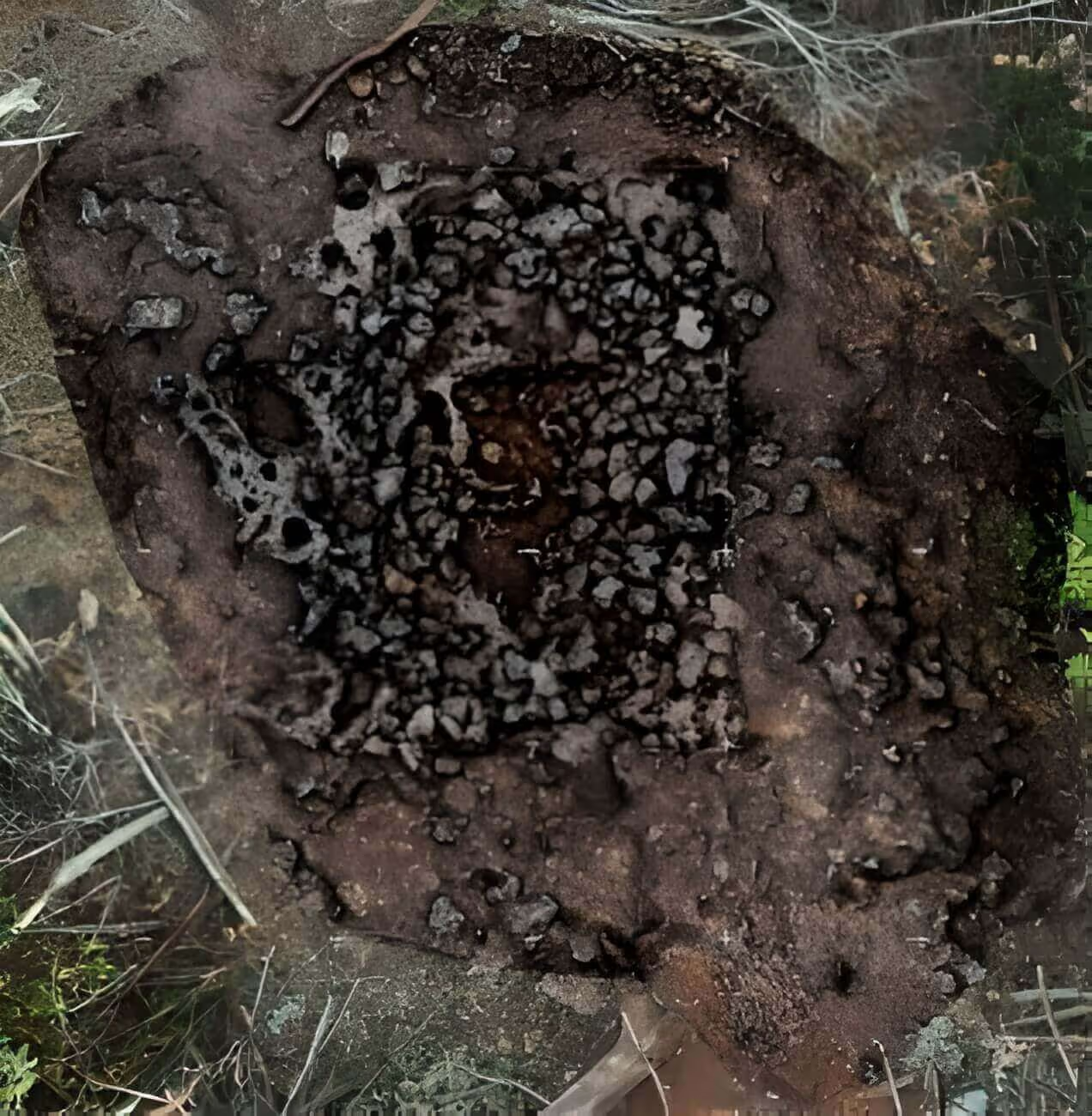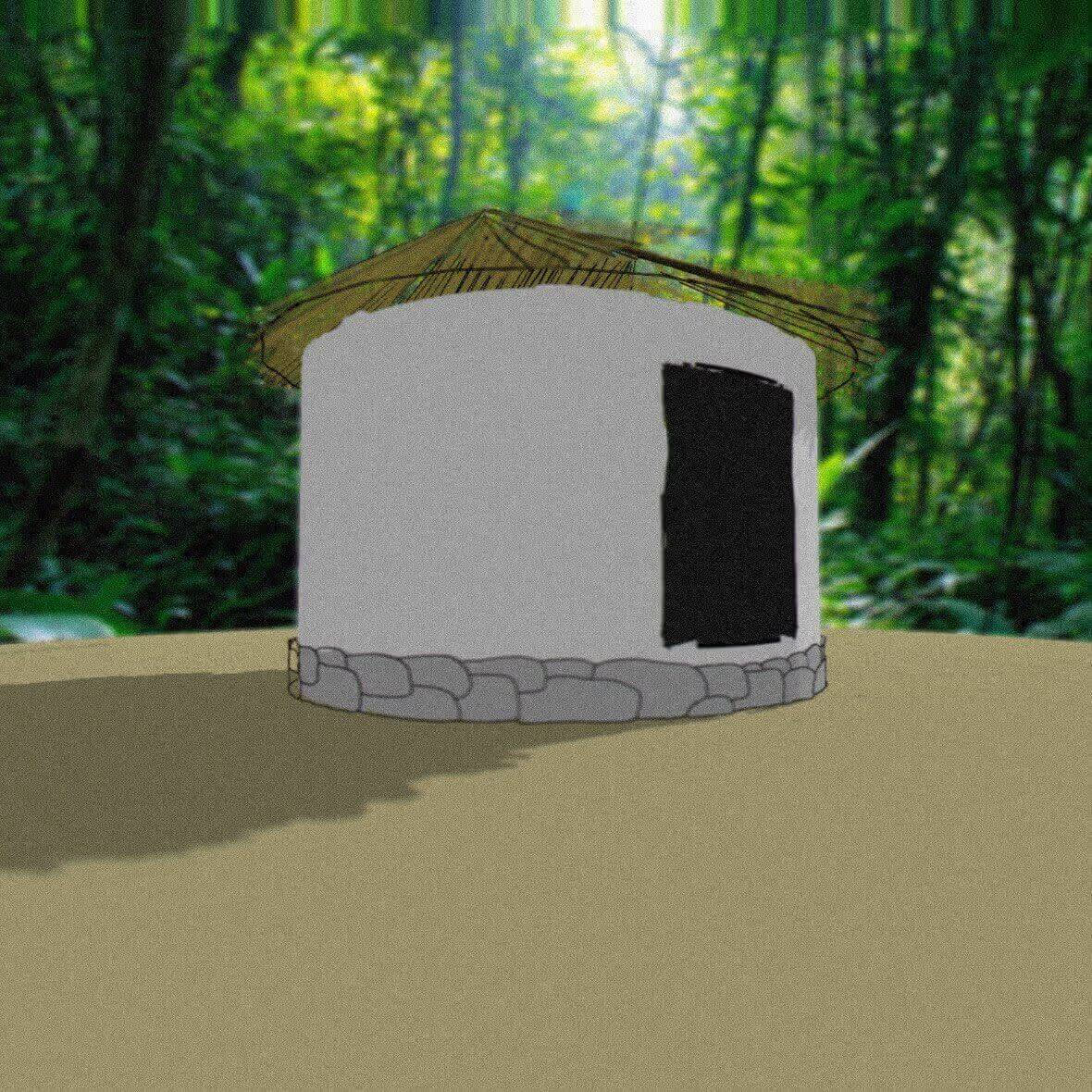Stone foundation platforms. Basic architecture of a resident unit

One of the most common monuments found in Section 6 were the foundations—stone structures that served as the base for residential units of the ancient Maya. But what is a residential unit, and how is it constructed?
Residential Unit
Talking about the residential unit means understanding the smallest unit of a society, where the daily activities of the ancient Maya are reflected. Through the archaeological remains left behind by their activities, archaeologists can reconstruct how they lived and the social processes they experienced (Paredes, 1990; cited in Premio, 2013). These activities are diverse and can still be observed in our daily lives—production and consumption activities, interconnected through kinship; in other words, everyday activities carried out within the family.
In archaeology, a residential unit is understood as the archaeological elements that correspond to living sites. These elements include both the architecture of the discovered monument and the associated materials. Thus, when a simple structure with a stone base is found alongside commonly used artifacts, it is inferred to be a foundation. But what were these residential units like, and why is the foundation a representative example of them?
Basic Architecture of Residential Units
To infer how the ancient Maya lived, we rely on both historical and ethnographic sources. While we will explore this topic further in future articles, it is important to mention that these sources provide a foundation for understanding basic architecture. This architecture consists of small stone alignments that form the base of the units and function as foundations. On top of these alignments, walls and roofs were built using perishable materials, with palm leaves commonly used for roofing (Pérez, 1994).
Este tipo de estructuras reflejan los materiales disponibles en su entorno, el ambiente en el que se encontraban, pero también su estructura social, donde el espacio común se ubicaba al exterior de los cimientos y no dentro de ellos.
As we can see, understanding archaeological findings allows us to comprehend how our ancestors lived. In future installments, we will explore topics such as social interaction spaces, the historical and ethnographic processes related to foundations, as well as other types of monuments.
References
Pérez Rivas, M. E. (1994). Unidades Habitacionales en el Área Maya: Inferencias del Sitio Arqueológico del Playa del Carmen, Q. Roo. [Tesis Licenciatura]. Universidad Autónoma de Yucatan.
